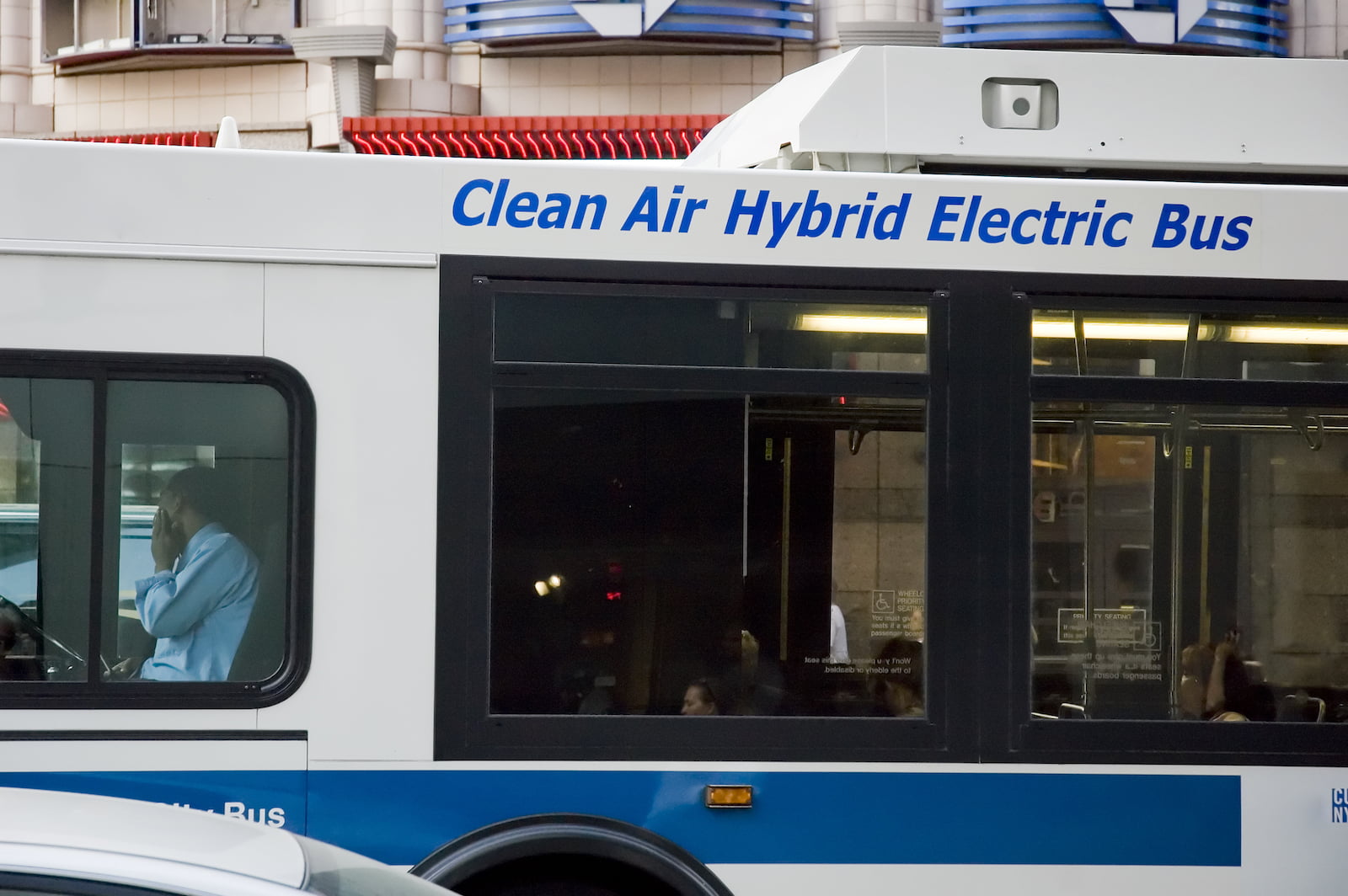When the Trump Administration turned away from the Paris Climate Accord, many Americans decided it was time to assume the mantle of slowing climate change. Individuals, businesses, local governments, and nonprofits alike have picked up the baton. By caring about how we leave the world for future generations, local businesses and communities will create jobs, reduce costs and help minimize the threat from climate disruptions.
Although some local leaders hope it won’t affect their communities, the impacts of climate change are already hurting people. This year, Texas and the gulf coast suffered the worst flooding in recorded history. Large swaths of the American West choked on wildfire smoke for months. Chronic flooding in South Florida has become the new normal in commercial and residential coastal neighborhoods. Homes on some low-lying islands now flood several times a year, rendering them uninhabitable.
Some local leaders throw up their hands, claiming that local initiatives will have no effect on larger problems. Instead of acting to address climate change, city councils and county commissions focus on streets and sewers claiming that climate change is beyond their power. In fact, the opposite is true. Local action is the BEST solution.
Throughout the country, towns and cities of all sizes have taken up the challenge. They have devised new approaches to slash energy use and expand renewable energy sources. The City of Bloomfield, Iowa offers financing for home energy upgrades with a repayment plan through customers’ electric bills. This year they plan to enlarge the solar array at their fairgrounds and install a 2.5 MW wind turbine near town. South Miami, Florida, followed six California cities to require rooftop solar panels on all newly built homes. Burlington, Vermont, is powered exclusively by renewable energy, including solar, wind, water and a power plant fueled with locally-harvested forest thinnings. Georgetown, Texas, is now powered by 100% wind energy. Pueblo, Colorado is the latest small city to take up the initiative. And dozens of other municipalities have committed to achieving 100% renewable energy over the near future, according to the Institute for Local Self-Reliance.
The lesson we can learn from these efforts is that each community is unique and should take advantage of its local resources and opportunities. Some communities may engage business partners, non-profits, utilities, and/or energetic volunteers. Some may provide loans and incentives for residents and businesses to install solar panels or wind turbines and make energy efficiency retrofits. Other communities may invest directly in solar or wind power or improve the efficiency of their own operations on the path to zero. Some may take the lead in changing building codes in order to minimize home and business energy loss or enhance public transportation, install electric vehicle charging stations, and establish bike lanes. And still others may set up their own public utility and generate their own renewable energy.
Despite the different opportunities available to these towns and cities, there is one resource every community has in abundance: energy waste. The vast majority of homes, government operations, offices, factories and fleets can do more work with less energy. In fact, “mining” energy waste creates local jobs, enriches local marketplaces, and saves local businesses and governments money. Communities that make a serious effort to reduce energy waste in all these domains are amply rewarded.
While higher levels of government work indirectly by passing laws, offering tax credits or regulating industry and commerce, your actions and those of your neighbors, including local businesses, have a far more direct impact. For example, choosing to purchase energy-efficient products, equipment and vehicles over inefficient ones creates a stronger market for such goods. While government policies and regulations enable progress, ultimately, it’s individuals, businesses, and local communities that make change happen.
Here’s a historical example of citizens, businesses, and local governments taking the lead in a movement that totally changed the U.S. At the beginning of the 20th century few young people attended school past the 8th grade, and then dramatic change occurred across the country.
“The high school movement is a term used in educational history literature to describe the era from 1910 to 1940 during which secondary schools sprouted across the United States. During this early part of the 20th century, American youth entered high schools at a rapid rate, mainly due to the building of new schools. In 1910, 19% of 15- to 18-year-olds were enrolled in a high school; barely 9% of all American 18-year-olds graduated. By 1940, 73% of American youths were enrolled in high school and the median American youth had a high school diploma.”
At the time, the federal government played almost no role in education, and state governments only had a modest influence. It was ordinary people and businesses who led the so-called “high school movement” by demanding public high schools and by their willingness to pay for them. After local communities and school districts got on board, the states eventually followed. It was local initiative that created high schools in almost every community in the country and that set the stage for American dominance of commerce and culture for the next 100 years. To this day, K-12 education is still mostly a local endeavor and is better for it.
The takeaway from our example is this: rather than being passive adopters of central government initiatives, the people and their local leaders can make their own choices and can have tremendous influence on higher levels of government. Local leaders devise and demonstrate solutions so other communities can replicate them and so states, regions, and nations can expand them into widespread application. This basic, developmental step at a community level kickstarts the process.
Regardless of what happens in Washington, the American people and American businesses and their towns, cities, counties, and states must lead the carbon reduction movement. And if they do successfully, it could lead to another century of prosperity.


One thought on “The Case for Local Action on Climate Change”